The Red Lion was one of the public houses that have operated in Trumpington in the last 500 years. This page is based on a presentation given by Peter Dawson at the meeting titled Along the High Street, 26 March 2009, with additional information from Hazel McMullin.
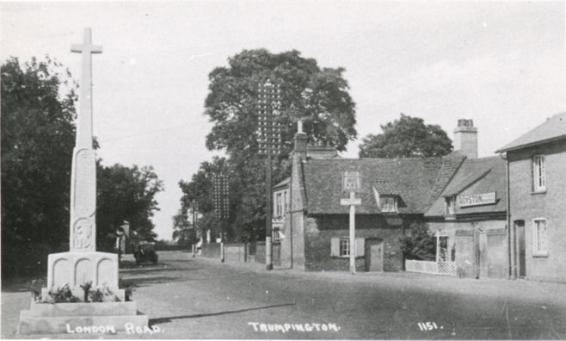
The Red Lion was on Trumpington High Street, nearly opposite the crossroads where the War Memorial was later erected. It closed in 1975 and was demolished and replaced with housing.
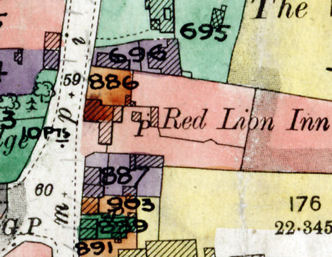
The Red Lion Inn had opened by the 1840s.
When the Red Lion first opened, it was charmingly described as a small pub, set back, with a ducks’ puddle in front and pigs wandering amiably through its public bar on their way to the meadow behind. There was a large wooden barn at the rear. A lane at the side of the pub provided access to the meadow where a popular Village Feast was held each summer. No doubt bar takings greatly increased during those three days.
The 1871-1901 censuses give information about the publicans in those years:
1871: Robert Wilson, publican, married to Martha Wilson, both born Trumpington
1881: Martha Wilson, publican, widow
1891: William Saunders, publican, married to Charlotte Saunders, William born Trumpington
1901: Philip Howard, carter and publican, married to Mary Howard, Philip born Trumpington
After 1901, the licence holder changed to John Moss and then in early 1907 to Augustus Charles Hacon ( Cambridge Independent Press, 15 February 1907). Mr Hacon was a member of the Red Lion quoits team. In 1909, he was in court for knocking down a pedestrian while riding his bicycle home from a quoits match ( Cambridge Independent Press , 26 November 1909). From 1914, he was an active member of the local Volunteer Training Corps (VTC) and we have added a record about him on the Lives of the First World War database.
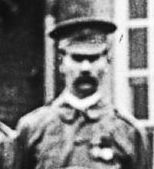
On 19 December 1914, there was a fire which burnt down the Red Lion. A newspaper report stated “The Red Lion public house at Trumpington was completely gutted by fire but the landlord and his family escaped out of the bedroom window. Flames burst through every window and the inside was completely burnt out but the roof was hardly damaged. Very little commotion was caused in the village and people living in a cottage opposite were not aware of the fire until the following morning. The contents were completely destroyed, including £50 in notes of Slate Club money. But gold and silver were recovered from the ruins” (understood to be Cambridge Independent Press, 25 December 1914). The Parish Magazine, January 1915, had an entry: “Much sympathy is felt with Mr Hacon, of the Red Lion Inn, and his family in the loss they have met with in the burning of their house on the night of Dec 19th. Fortunately there was no loss of life or limb, although practically the whole contents of the house were, we understand, destroyed.” In the next issue, February 1915, Mr Hacon gave “best thanks to all those who so kindly assisted in our late trouble”. The Red Lion must have been rebuilt after the fire.
The next landlord was Walter Frost, from 1916 to 1935. An impressive figure at 20 stone, with a walrus moustache, Mr Frost was also head waiter at Trinity College and ran a taxi service with a horse-drawn hansom cab. In spite of all these commitments, he somehow found time to father 12 children. The horse and cab were eventually sold and replaced with a car he bought from Canon Pemberton, cars at that time still being regarded as a novelty.
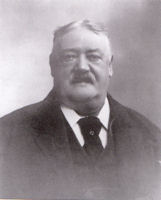
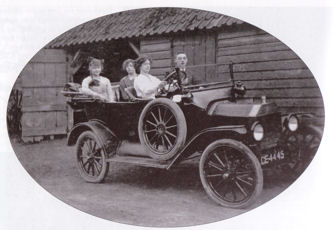
In 1917, “Walter Frost of the Red Lion was summoned for not shading a window, on November 2nd.” (Cambridge Daily News, 12 November 1917). A newspaper report in 1935 stated “The tenant of the Red Lion at Trumpington had been there since 1916. If the licence was taken away he would be deprived of his livelihood & the Red Lion Self-Help Club would be broken up, magistrates heard. There were 34 allotment holders on ground belonging to the pub and half the allotment land in the village had already been lost on account of building. It was an old-fashioned house, very quiet and homely and the Feast was held in a field at the rear. They served teas to anybody who asked for them, but not much beer. The licence was renewed.” (Newspaper report quoted by Mike Petty, 5 July 1935 .)
The old pub was demolished in 1936. The new, much larger Red Lion, set closer to the road, was built around 1939, blocking the lane and putting an end to the Feast in the meadow. More a small hotel, it catered for wedding receptions, had a restaurant and provided accommodation. It was reputed to be haunted: the dog of one of the landladies, Florence Jones, refused to go down the cellar steps, whereas it would usually follow her everywhere else. Perhaps the dog did not like spirits.
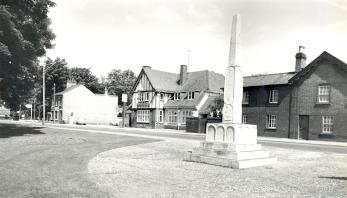
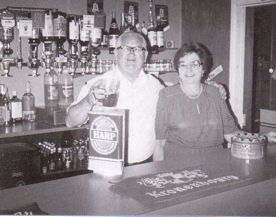
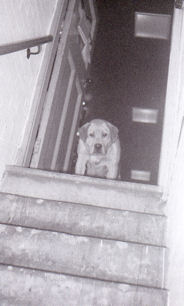
In the early 1970s, Whitbread’s tried unsuccessfully to form a motel, by combining the pub with the nearby Green Man. A local newspaper report stated that “Whitbread have outline planning permission to build a 60-bedroom motel extension at the Red Lion Hotel …” (Newspaper report quoted by Mike Petty, 22 August 1972 .)
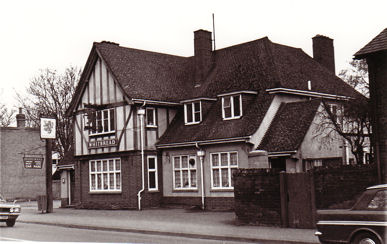
The Red Lion closed down in 1975 and was demolished soon after. The site on the High Street now contains a group of houses that were advertised as “Trumpington Court”.
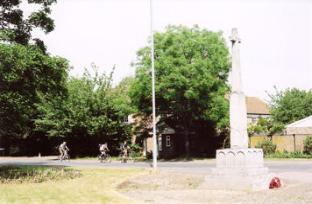
Sources
The Victoria County History (VCH) (1982) includes a summary of the different pubs, p. 250-51. See the bibliography for full details.